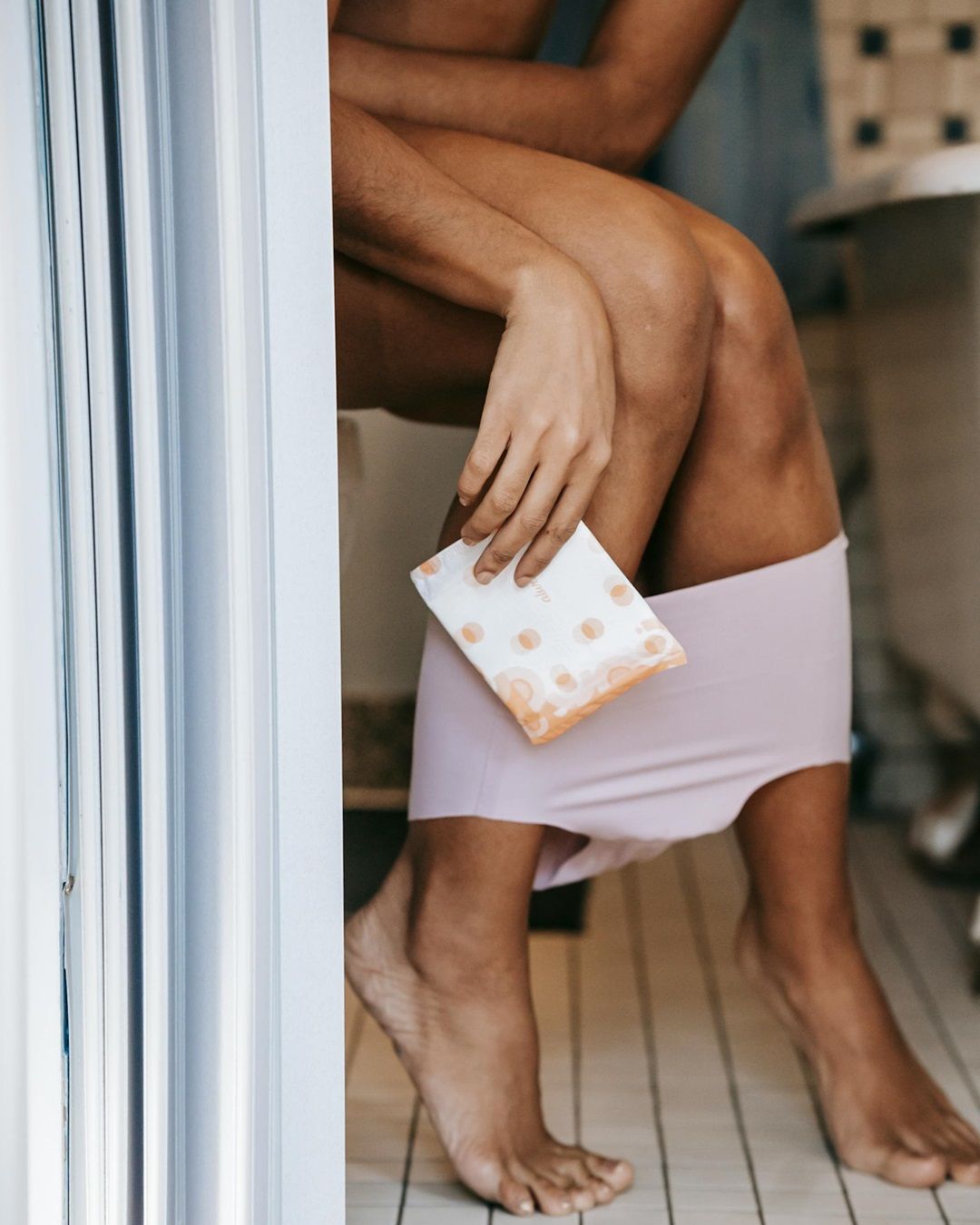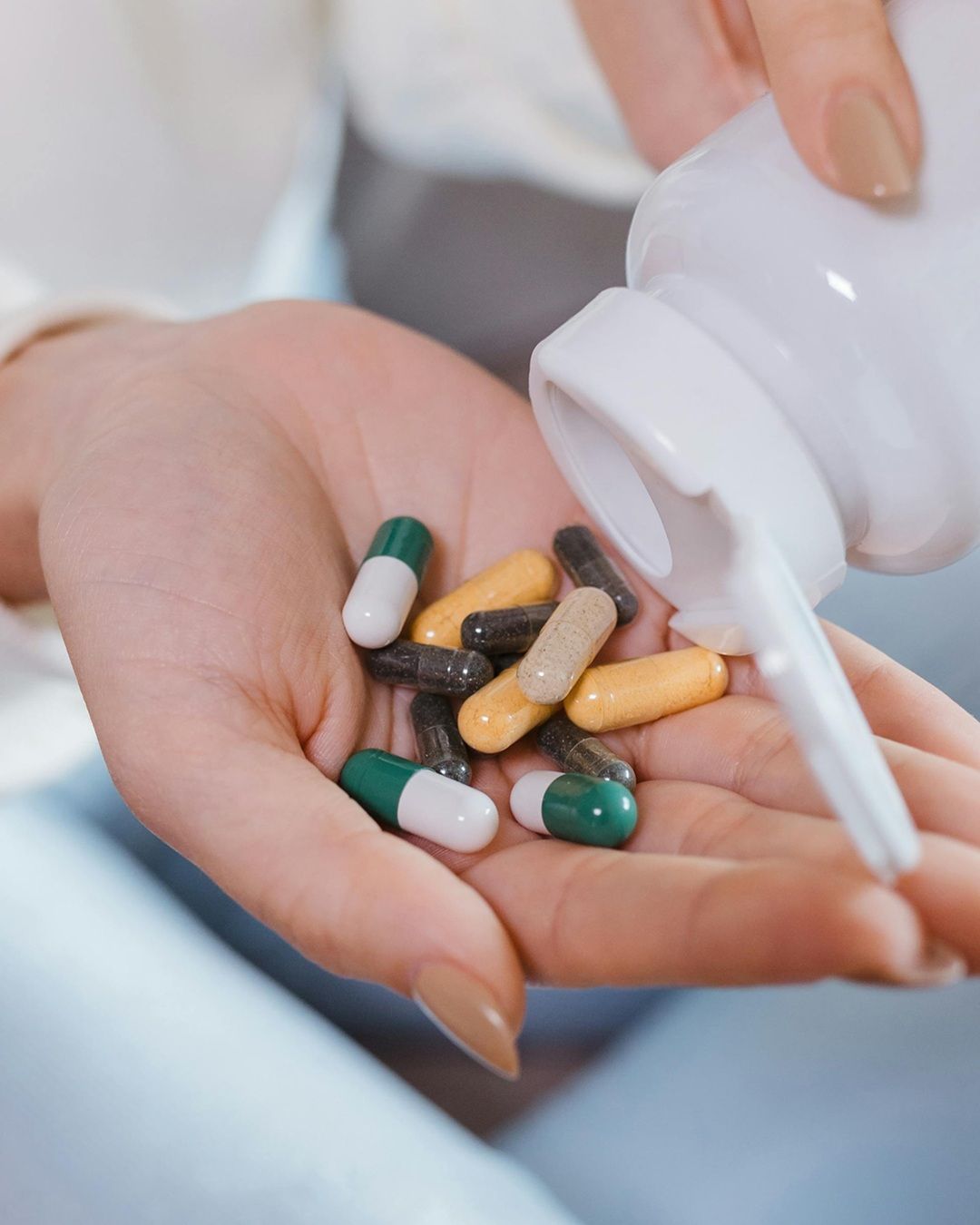
Are companies producing smaller pads with less glue and less performance? Has shrinkflation affected tampons as well?
Historically, women's health has always taken a back seat to men's health, and in many cases, any supposed symptom or discomfort has been dismissed as imaginary or psychosomatic, a sign of hysteria rather than indicative of a real illness. In 2024, the situation has improved, but not by much. The gender gap in the medical field is concerning: it is estimated that women with endometriosis face a long and frustrating diagnostic journey that lasts an average of 7 to 10 years, and it’s no better for vulvodynia, fibromyalgia, and other conditions where obtaining a correct diagnosis and adequate treatment seems like an ordeal. These delays are due to various factors, including the widespread patriarchal tendency to minimize the symptoms reported by women. Things get more complicated when the area to be treated is the pelvic region. The ruling class constantly intervenes in women’s bodies, trying to control them, but no one seems to truly care about health or related products, especially those dedicated to menstrual hygiene. Not only are these products as expensive as luxury goods (in Italy, the VAT rate applied to sanitary pads is 10%), but some contain toxic metals or are not adequately tested, according to studies, and their quality seems to have worsened. At least, according to TikTok.
@realmelissasimo Shame on you @Tampax US! #corporategreed #shrinkflation #shrinktok #groceryshopping #marketing original sound - Melissa Simonson
Shrinkflation of Sanitary Pads
If you've been shopping in recent years, you've surely noticed the heavy impact of inflation on our wallets. Not only is everything more expensive, but many companies are reducing the net quantity of product in packages while keeping the price the same or even increasing it, as a quick way to make a profit at the expense of customers. This insidious marketing strategy, known as shrinkflation, has also affected female hygiene products. Among the first to publicly highlight the phenomenon is Melissa Simonson, who in a TikTok video with over 3 million views criticized Procter & Gamble. The Idaho-based creator, whose mission is to expose companies guilty of shrinkflation, accused the maker of Tampax of "shrinking" its tampons while keeping them at the same price. "I'm calling you out, Tampax," she said, with a Tampax chart in the background showing the various levels of absorbency of their products based on menstrual flow. "These sizes that you've normalized so that all of us women know what to use for what period of time during our cycle are no longer accurate because you've shrunk them." To bolster her theory, she also uploaded an image published online by a Reddit user comparing two Tampax tampons, showing that the sizes had shrunk "within a year."
yall they saying they shrunk the tampons and the pads without telling anyone (shrinkflation). so many people think their flows have gotten heavier bc they’re running thru the menstrual products when its really just companies being greedy!!!! i hate it here OMG!!!
— folake aina (@f0lake) June 17, 2024
Women's Reactions on Social Media
"I thought it was just my fault, to the point that I talked to my doctor, wondering: is there something wrong with my cycle?" This is the question many women first asked themselves when they noticed that their menstrual products were not adequately absorbing their flow and the box was emptying faster than usual. Before doubting that it was the devices themselves that were inadequate, they questioned their health, turning to their trusted gynecologist, but after seeing Simonson's post, they began to realize that the problem was something else: the greed of the producing companies. Listening to the words of the American creator, they found a kind of comfort and flocked to TikTok and Reddit, commenting that pads have smaller and less adhesive wings, are smaller in size, and less effective than they were a few years ago. Furthermore, they all noted that the number of tampons or pads in a single package has decreased, but not the price. "It's not just Tampax. Lately, I've realized that I thought I was bleeding more. I found an older tampon and realized the difference is huge," wrote one person, while another replied, "I've noticed that pads don't stick as well anymore either. The quality has simply deteriorated when we have no other choice but to pay for these products."
@tomiosiyemi Should we call this Period Capitalism? Let women breatheeeee #shrinkflation #periods #tampons #fyp #womenshealth original sound - Tomi Osiyemi
Are Pads Really Getting Smaller and Lower in Quality?
Procter & Gamble's response was not long in coming. Asked about the issue, the company behind the Tampax brand reiterated that their products are available on the market with different levels of absorbency, specifically designed to meet personal needs and menstrual flow. In particular, they emphasized that neither the sizes nor the dimensions have been modified in the last thirty years. "Tampons are regulated by the U.S. Food and Drug Administration (FDA) and adhere to the absorbency or size standards listed on the side of each package," said a Tampax spokesperson. "The FDA's absorbency standards have not changed since their introduction, which happened more than 30 years ago." So, is the shrinkflation and the reduced performance of pads and tampons noted by millions of women just a collective illusion? The issue is complex, and there isn't enough evidence to empirically state this, but that is the general impression. What is certain is that there is confusion about the absorbency power of the various products we find on the shelves, as well as the fact that the number of pads in packages seems to be decreasing, while the price rises. And we are the ones paying the price.
























































